Jun Togawa is a Japanese singer, musician and actress. She is one of the greatest influences on Japanese avant-garde music and media, and her career spans over 35 years. Her close friends over the years include Susumu Hirasawa. She was mainly active from 1981 with Guernica demos to 1995 with the release of HYS but is still making music as of now.
Susumu Hirasawa is a Japanese musician and composer.
P-Model was a Japanese electronic rock band started in 1979 by members of the defunct progressive rock band Mandrake. The band has experienced many lineup revisions over the years but frontman Susumu Hirasawa was always at the helm of operations. P-Model officially disbanded in 2000, although many of its members continue to release solo albums and collaborate with each other on different projects.
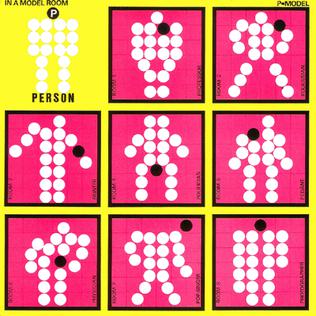
In a Model Room is the debut album of Japanese band P-Model. It was an electronic pop album, released in 1979 under the label, Warner Bros.

Landsale is P-Model's second album.
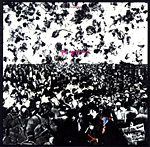
Potpourri is the third album of Japanese band P-Model.

Aurora is Susumu Hirasawa's fourth solo album.
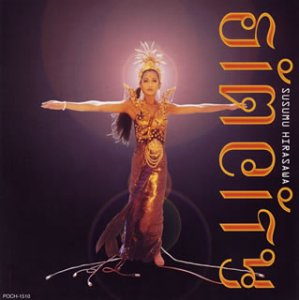
Sim City is a 1995 album by Japanese musician and composer Susumu Hirasawa. It is his fifth solo album.

The Ghost In Science is Susumu Hirasawa's second solo album.

Water in Time and Space is Susumu Hirasawa's first solo album.

Virtual Rabbit is Susumu Hirasawa's third solo album.

Big Body is the ninth studio album by P-Model and the second by the band's "defrosted" lineup.

Pause is the first live album by P-Model. It was recorded at the final show by the "defrosted" lineup. It is part of a pair of conceptual takes on a live album, alongside The Way of Live: On this album, Hirasawa presented the show as an audience member would have heard it, and as such most technical glitches and leaked backstage audio heard at the concert was kept for the release.
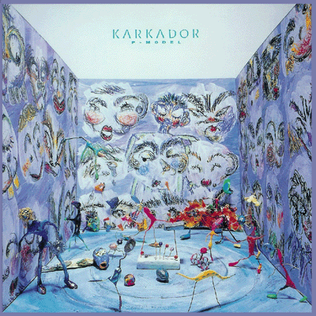
Karkador is the sixth album by the Japanese electronic rock band P-Model, and the first where frontman Susumu Hirasawa was the sole remaining founding member.

One Pattern is a 1986 album by P-Model and the last before the band's hiatus in 1988.
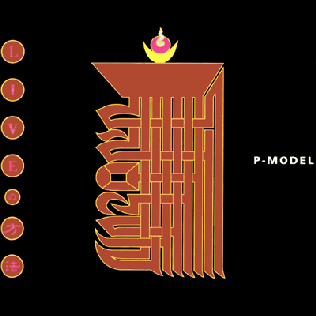
The Way of Live is the third remix album by P-Model.
Desk Top Hard Lock is the first studio album by Phnonpenh MODEL and the first solo album by Hikaru Kotobuki.

Archetype | 1989-1995 Polydor years of Hirasawa is Susumu Hirasawa's fourth compilation album.

Fune is the tenth studio album by P-Model and the first by its "revised" lineup.
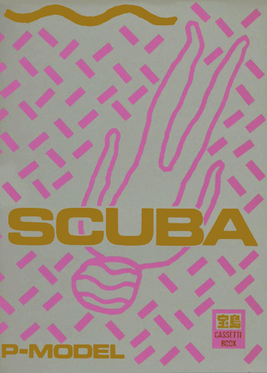
Scuba is an album by the Japanese new wave band P-Model. It is different from other P-Model albums in that it was made almost entirely made by guitarist Susumu Hirasawa alone and for its original issue in the cassette book format: the album was packaged with an 84-page booklet that contained techniques to induce rapid eye movement sleep and hypnosis, the lyric story expanded Scuba Monogatari, photos of the involved band members in a coastal area that illustrated the stories, and an interview with The Stalin vocalist Michiro Endo.
















